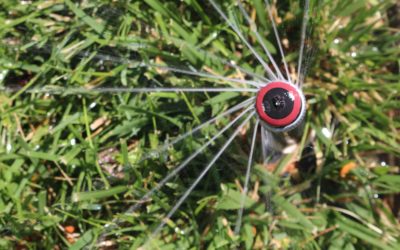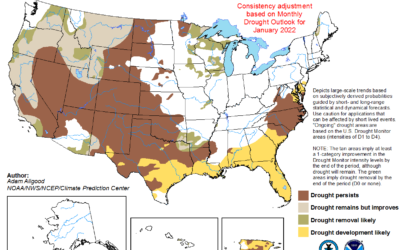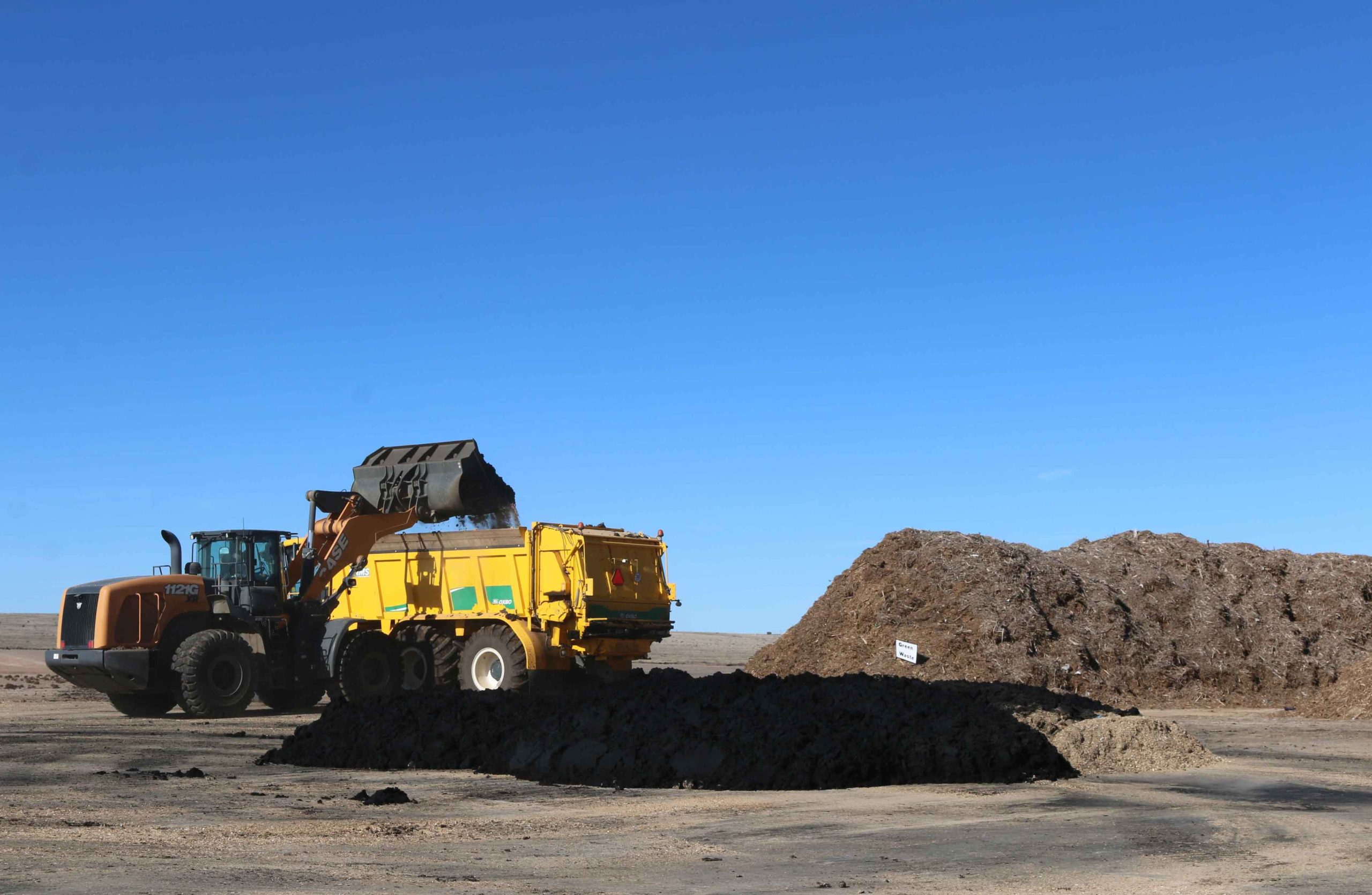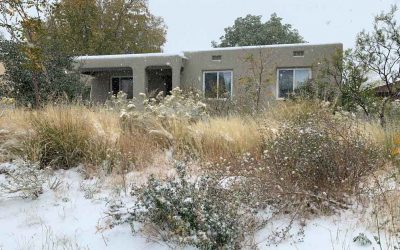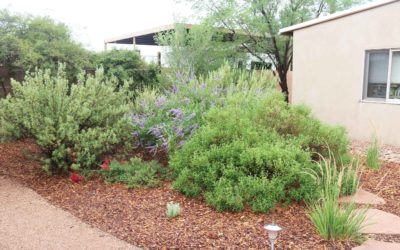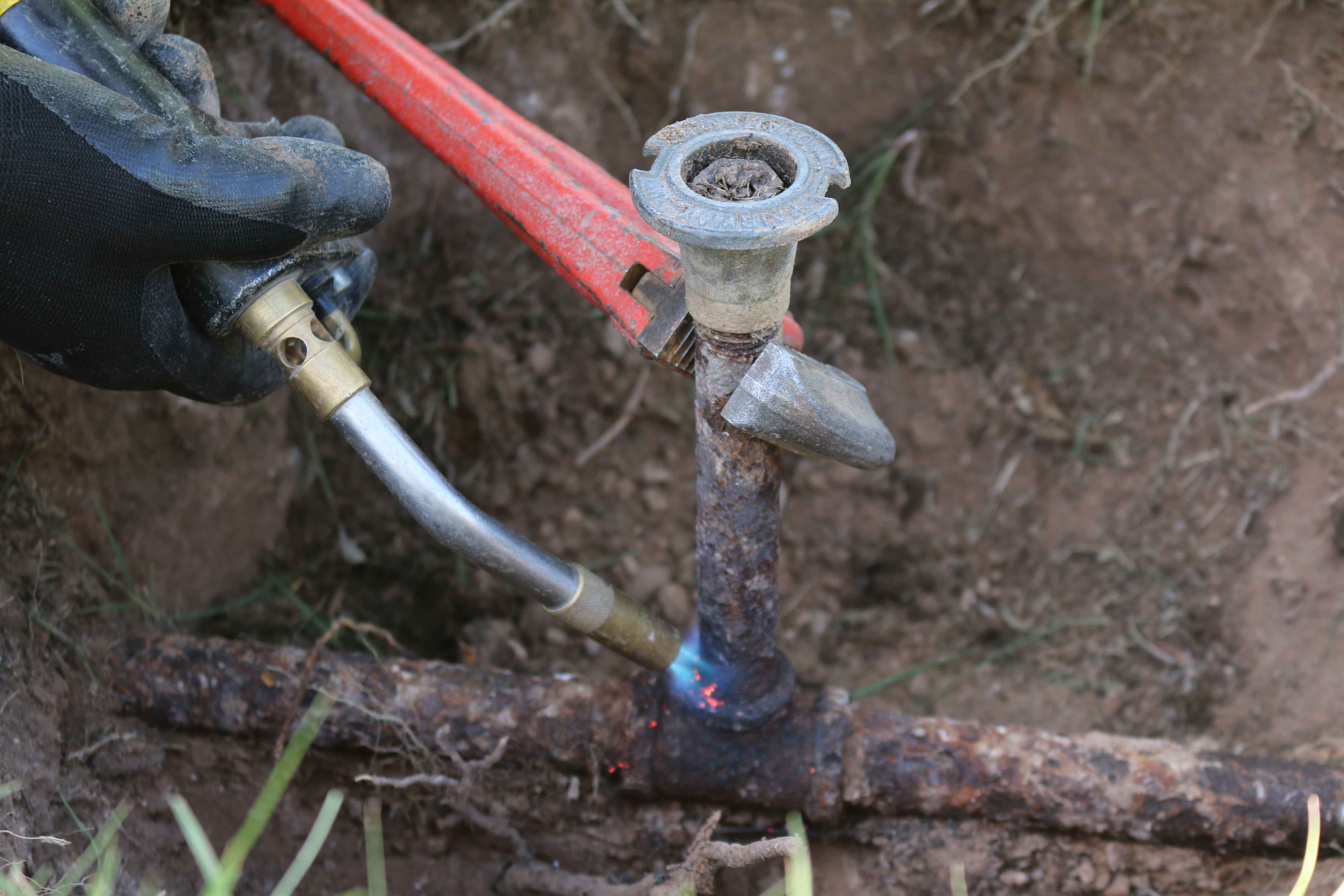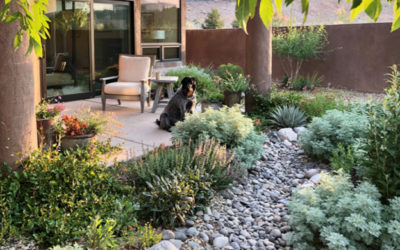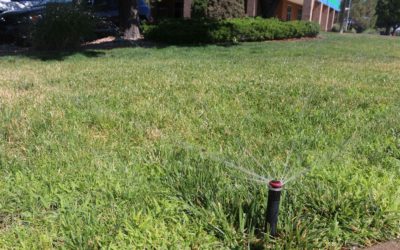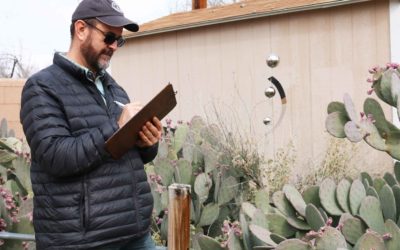Maintenance Tips
Low-maintenance landscapes are great, but there’s no such thing as a “no-maintenance” irrigation system. A single broken sprinkler head flowing at 15 gallons per minute will waste 900 gallons in one hour of use. So service your system regularly, and check it often for leaks and malfunctions.
Pro tips for designing your spray system
Since the Albuquerque area receives about 9” of rain on average per year and grass lawns can use up to 50” of water per year, the proper design of an irrigation system for a grass lawn is of utmost importance when it comes to water efficiency. Irrigation efficiency...
As our drought continues, here is how to care for your landscape this winter season.
So far this winter season precipitation has been 30% below normal for New Mexico. According to the National Weather Service statewide average day temperatures are 56.6 degrees, which is 2.1 degrees above the normal of 54.5. With that said, we are starting out the...
Compost del Rio Grande
In 1988, the Albuquerque Bernalillo County Water Utility Authority’s started a composting facility for biosolids produced. 505Outside recently visited the Soil Amendment Facility to check out the “Compost Del Rio Grande.” Water Authority compost is unlike any other in...
November is for protecting your irrigation system
During this time of year, plants store most of their nutrients in the roots and find shelter in the ground. Also, this is the time of year to winterize your irrigation system. To avoid damage to your irrigation system we recommend setting it to the OFF position. Since...
Types of Mulches
Mulch is any material laid on the surface of the soil to improve growing conditions. Mulch insulates plant roots from both heat and cold, reducing moisture loss from the soil by evaporation, feeding beneficial soil microorganisms that enhance plant growth, and...
The Life Expectancy of an Irrigation System
While a subsurface drip irrigation system can last from twelve to fifteen years, especially if it is maintained well, some of the system’s components may need to be replaced or repaired through the years. A controller, for example, is subject to UV degradation if it...
Learn How to Harvest Rainwater in Your Yard
Do you want to learn how to harvest rainwater to support a beautiful, regionally adapted, low -water-use landscape in your yard? A new video series launched in June provides instruction on how to design, install, and maintain residential-scale, passive rainwater...
Make your turfgrass irrigation more efficient in 3 easy steps.
Adopting water efficiency strategies will be the key to weathering the drought this year. These three simple steps can help you conserve water, rebates available for all three recommendations. 1. Update your controller with a WaterSense Smart Irrigation Controller...
Irrigation Maintenance Checklist for the Greater Albuquerque Area
With drought conditions predicted to continue for the foreseeable future, we’re likely to water more often this spring and summer. Make every drop count – and keep us on track to meet our conservation goals – by performing routine maintenance to maximize your...
November is for Sheltering
Just as we take shelter when the weather turns colder, so do your plants. This time of year, plants store most of their nutrients in the roots and find shelter in the ground. We can support this transition to help plants thrive during the entire winter season. Also,...
Dig into our newsletter.
Our monthly newsletter covers topics on efficient horticultural practices, landscape maintenance, irrigation principles, and seasonal tips.

